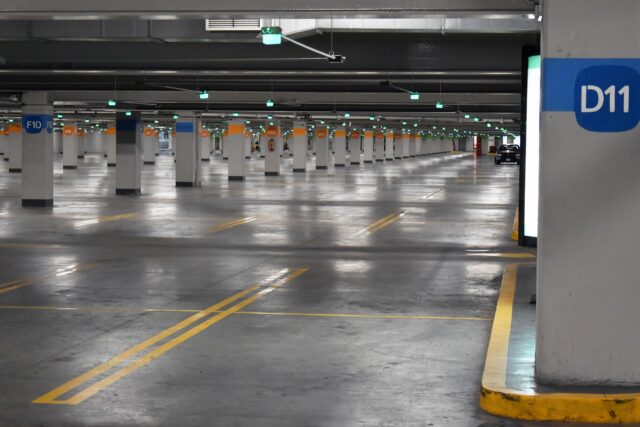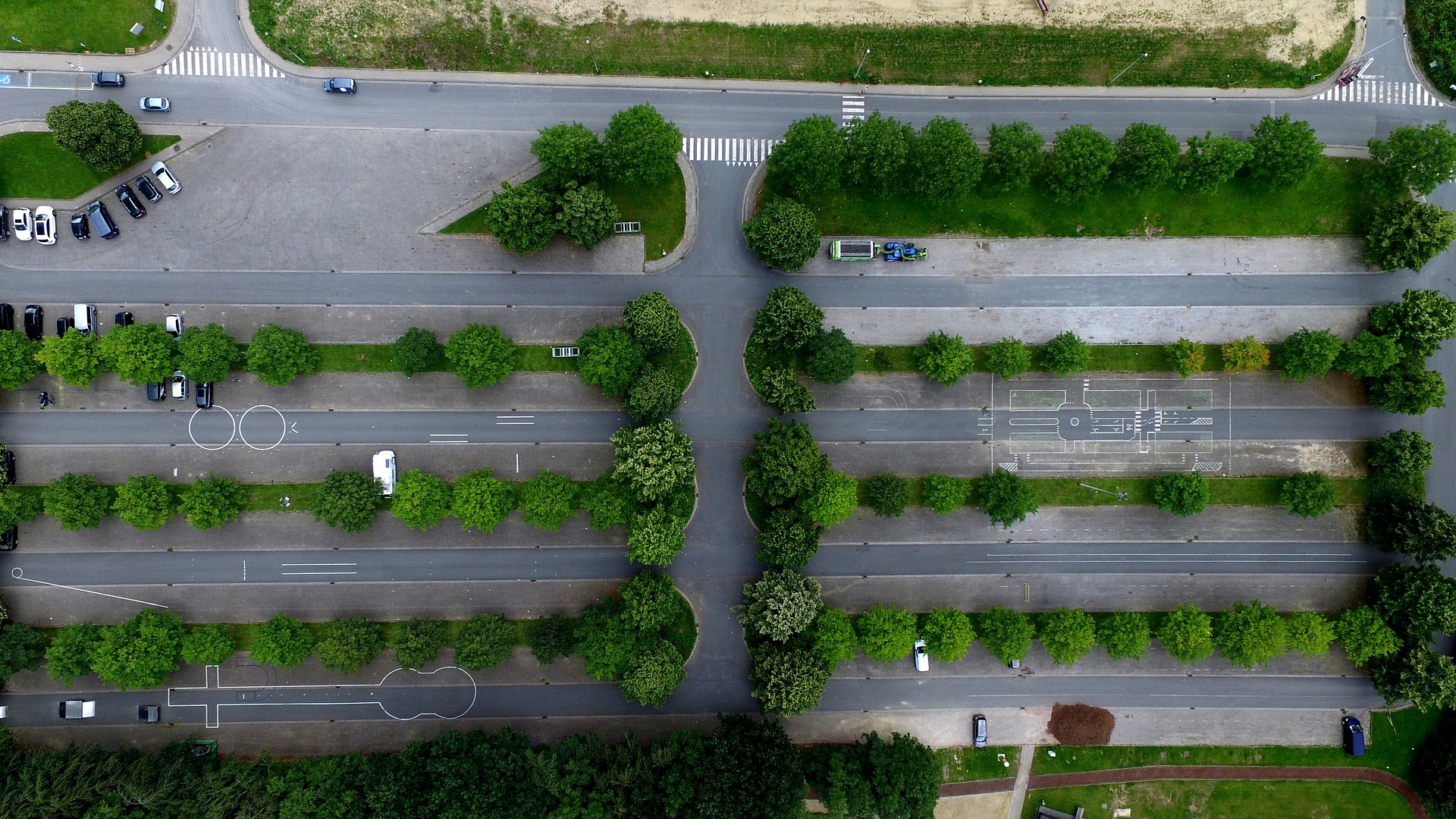When pursuing the LEED Green Building certification, some credits in the Location and Transportation category (for example the Reduced Parking Footprint and Green Vehicles credits) require projects to provide preferred parking locations for specific vehicles. The LEED framework has specific requirements for how these locations should be determined.
If you want to know more about the LEED framework and how it contributes to Green Building design and sustainability, as well as how you can make a difference as a Green Building Expert, have a look at our free 20 minute introduction to LEED GA and get started on your journey of building a greener future, today.

What is preferred parking?
Preferred parking is defined by the USGBC as ‘parking spots that are closest to the main entrance of the project…or parking passes provided at a discounted price.’ This does not include spaces designated for handicapped persons.
How to approach preferred parking credits?
There are specific requirements that project teams should consider when deciding on the locations of preferred parking.
1. Preferred parking should be located at the closest walking distance to the entrance of the project
This does not include spaces designated for accessible parking, which should always be closest to the entrance of a building.
2. Parking in a multilevel facility
If parking is provided in a multilevel parking facility such as an under or above-ground parking garage, the parking spaces should be located on the level closest to the main entrance of the building.
3. Preferred parking for the Reduced Parking Footprint credit
The Reduced Parking Footprint credit requirement is that projects should assign preferred parking to carpool vehicles or ride-sharing services. The facility must include clearly defined signage and waiting areas to ensure ease of use and access. Preferred parking for carpool vehicles or ride-sharing services is beneficial in that it reduces the need for at least 1 to 3 extra parking spaces in the total parking area footprint.
4. Preferred parking for the Green Vehicles credit
The Green Vehicles credit requirement is that projects should assign parking to green vehicles with reduced carbon emissions. This can be done in two ways:
a) Reserving 5% of all parking spaces for green vehicles only – the reserved parking spaces should be dispersed evenly across the total area of parking space.
b) Projects can also choose to offer a 20% parking discount to green vehicles, instead of reserving 5% of parking space for them – provided that information of the discount is always visible and easily available. The discounted rate must be available to all visitors.
5. Combining the Reduced Parking Footprint and Green Vehicles credit
If a project is aiming for both the Reduced Parking Footprint credit as well as the Green Vehicles credit, project teams will have to assign a larger quantity of parking spaces. This leaves it up to the project team to decide where they will locate the Green Vehicles or the Reduced Parking Footprint preferred parking spaces closer to the main entrance of the project.
Another approach may be to locate the parking spaces for both these credits next to each other to fulfil the credit requirements

What is the best preferred parking strategy?
To ensure the success of the preferred parking areas in a project, the following steps may be helpful when designing a parking area:
1. Visibility of preferred parking
While preferred parking spaces may be closest to the entrance of a building, they can still be obscured by other site elements, or only accessible via longer routes throughout the site. It can only be beneficial to the project if you make sure that preferred parking spaces are easily visible and accessible to visitors. Nothing makes a better experience for your visitors than being able to find good parking and easily navigate to it, instead of having to wind around an obscured parking area to get to the preferred parking spots.
2. Educating visitors on ride-sharing or carpooling programs
Even though your project may have dedicated ride-sharing or carpooling spaces for the LEED Reduced Parking Footprint credit, it will be of no benefit to your project or its visitors if they are not aware that they can use these services for ease of access to the building. By making visitors aware of these services through easily accessible information and signage, you will get more benefits out of the preferred parking spaces.
3. Monitoring the use of preferred parking spaces
One of the most important parts of ensuring the successful implementation of preferred parking is to continuously audit the performance and monitor the use of these parking spaces. To maximize the effect of preferred parking spaces, it is important to ensure that the designated groups are using the parking spaces and the systems in place to ensure this is working properly. This can be done by using identifiers such as carpool hangtags, stickers or ballots to users of the parking spaces.
If a vehicle is parked in a space without the necessary identification, the opportunity can be used to inform the visitor of the systems that are in place, encouraging them to make use of the ride-sharing services or other strategies that the project uses, and ensure compliance in the future.
Next steps to LEED requirements
If you are already on the way to becoming a LEED green building expert, or you want to learn how to scale your career through green building, be sure to have a look at our LEED training, or if you are on your way to becoming LEED accredited, have a look at our practice tests to ensure you pass your exams and can start contributing to a greener future, today.



